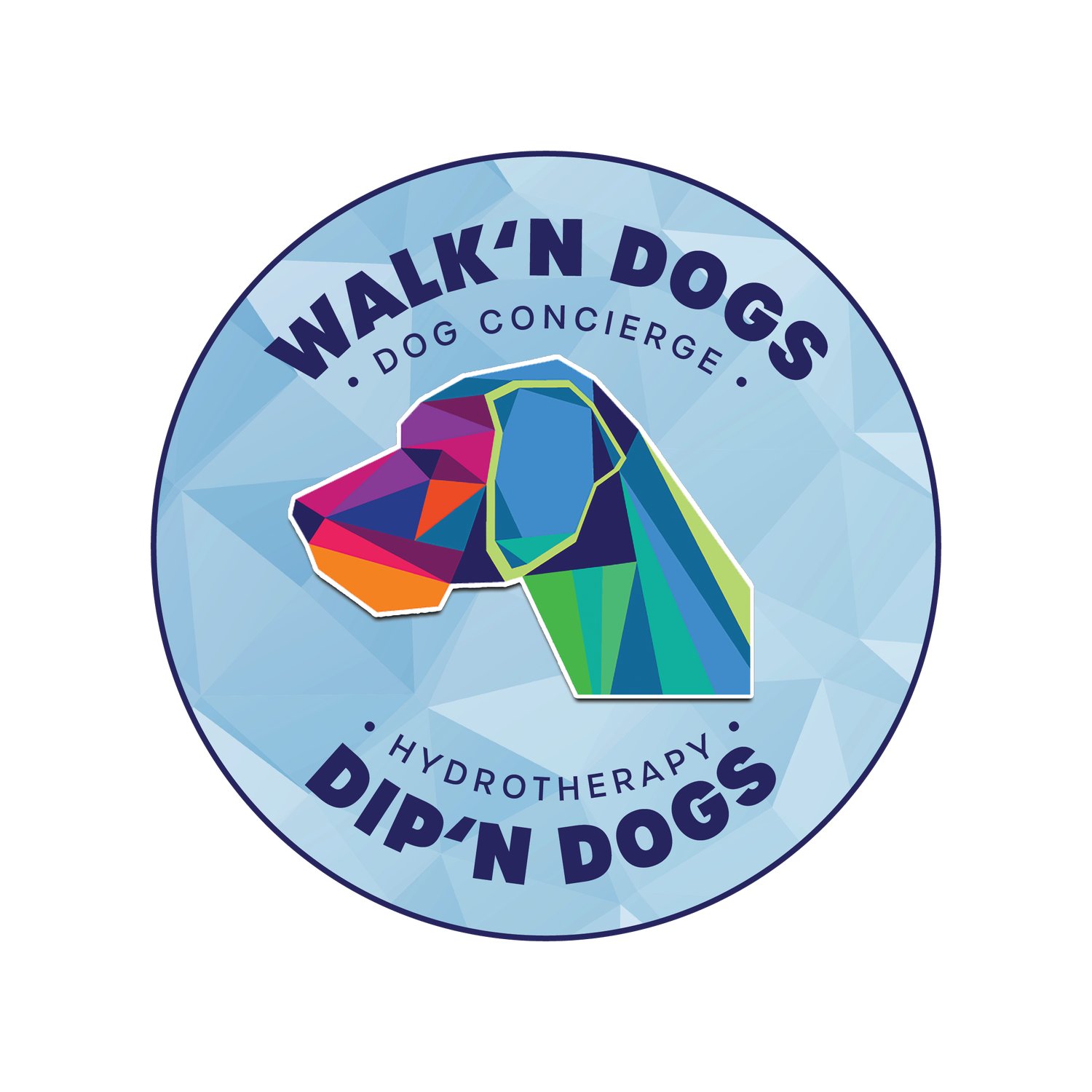Hydrotherapy for Hydrocephalus in Dogs
What is Hydrocephalus?
Smaller dogs, especially miniature and toy breeds are more affected by hydrocephalus. Snub nosed breeds such as the Boston Terrier, English Bulldog and Pekingese are at a higher risk. The Chihuahua, Manchester Terrier, Toy Poodle and Yorkshire Terrier are also predisposed to hydrocephalus.
Hydrocephalus (from the Greek, meaning water on the brain), is an excess of cerebrospinal fluid (CSF) that has leaked inside the skull, leading to brain swelling. CSF is the fluid that surrounds the brain and spinal cord, providing both nutrients and protection. Build-up of CSF can occur in the brain if the flow or absorption of CSF is blocked or too much CSF is produced by the body. This leads to increased pressure within the skull that presses on the sensitive brain tissues. Increased intracranial pressure can lead to permanent, irreversible brain damage and death.
Symptoms of Hydrocephalus in Dogs
There are many symptoms of hydrocephalus in dogs for breeders and owners to watch for. Should you notice any of these symptoms, have your dog thoroughly examined by your veterinarian.
Domed skull
Wide set eyes
Seizures
Erratic or restless behavior
Blindness
Bumping into things
Lack of coordination
Compulsive circling
Open fontanel or soft spot on the head
Standing with legs crossed
Weak back legs
Smaller in size than littermates
Kicking out front legs when walking
Slow growth
Difficulty in house training
Difficulty drinking or eating
Causes of Hydrocephalus in Dogs
Hydrocephalus occurs when there is an abnormal amount of cerebrospinal fluid within the skull. This build-up of fluid within the skull will put pressure on the brain and cause severe problems for your dog. Hydrocephalus can be either congenital or acquired. Hydrocephalus in dogs has two main types with their own causes.
Congenital Hydrocephalus
Congenital hydrocephalus is a birth defect. The skull will appear domed or apple shaped and a large open fontanel will be located on the top of the skull. It can be difficult to diagnose congenital hydrocephalus when dogs are very young. There are few obvious symptoms, until the puppy is walking and eating on their own. Not all puppies with large open fontanels will develop hydrocephalus.
Acquired Hydrocephalus
Acquired hydrocephalus develops when the cerebrospinal fluid is blocked or altered; possibly by swelling, infection or tumor. Brain tumor is the most common cause of acquired hydrocephalus, but not all cases of acquired hydrocephalus are caused by tumors.
Diagnosis of Hydrocephalus in Dogs
When diagnosing hydrocephalus in young dogs, your veterinarian will look at the clinical symptoms to help determine the severity of the hydrocephalus. Usually, the presence of a large open fontanel and lack of coordination when walking will give your veterinarian an idea of what to look for. An ultrasound evaluation of the fontanel will show dilation of the brain ventricles. A CT scan or MRI scan will determine the exact source of the fluid build up. Tumors or other abnormalities will be seen on the various scans being performed.
Treatment of Hydrocephalus in Dogs
Medication
When hydrocephalus is caught in the early stages; treatment is done to reduce the inflammation within the brain tissue or the amount of cerebrospinal fluid being produced. Corticosteroids are commonly used.
Severe cases of hydrocephalus will be treated with corticosteroids, anti-seizure medications, furosemide, acetazolamide or omeprazole as needed and as directed by your veterinarian.
Surgery
In some instances, surgery to place a ventriculoperitoneal shunt can be performed. This procedure will be performed by some veterinary teaching hospitals or veterinary specialist hospitals. Your veterinarian will refer you to a specialist if this procedure will be performed.
With acquired hydrocephalus, your veterinarian will develop a treatment plan that focuses primarily on the underlying condition causing the hydrocephalus. These treatments can be anything from medication support, surgery or even radiation therapy.
Keep your veterinarian informed of any changes in your dog’s condition. Be sure to follow the instructions on any medications prescribed to your dog for hydrocephalus. If your veterinarian refers you to a specialist, be sure to follow-up with any visits set by either your veterinarian or your veterinary specialist.
Hydrotherapy for Hydrocephalus in Dogs
The benefits of hydrotherapy for dogs who suffer from hydrocephalus are:
Increase in coordination
Increase of balance
Builds healthy muscle
Strengthens heart, lungs & brain
Provides safe exercise
Provides mental release
Improves organ function
Keeps skin health optimal
Lubricates joints
Strengthens bones
Recovery of Hydrocephalus in Dogs
The recovery time will depend on the severity of the hydrocephalus. In extreme cases, supportive care may be the only course of action to keep your dog comfortable.
Puppies with congenital hydrocephalus generally do well, once treatment has begun and if there has not been severe brain damage. Dogs that have been diagnosed with acquired hydrocephalus have varying recovery times and prognoses depending on the underlying cause and the ability to treat the condition.
Discuss your dog’s prognosis and recovery time with your veterinarian. Also discuss any on-going supportive care that may need to be provided throughout the life of your dog.
About Dip’ n Dogs Hydrotherapy – Orlando, FL
At Dip’n Dogs Hydrotherapy, we are certified and caring professionals devoted to restoring and enhancing the health and happiness of your beloved pup. Encompassing a pool, as well as a certified hydrotherapist, this can provide effective and long lasting results for your pet’s injury or illness.

